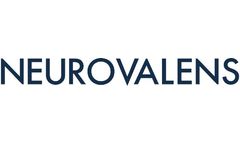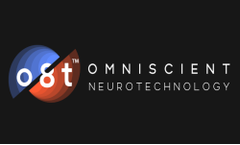Refine by
Human Brain Articles & Analysis
14 articles found
The human brain has long been regarded as one of the most enigmatic subjects in both medicine and science, captivating interest since ancient times. ...
Human brain has approximately 171 billion cells, of which slightly more than half (approximately 86 billion) are nerve cells. ...
Human brain has approximately 171 billion cells, of which slightly more than half (approximately 86 billion) are nerve cells. ...
The findings could help develop new treatments for neurodegenerative diseases such as Alzheimer's and Parkinson's, and help understand how to keep the brain healthy as we age. The human brain loves sweets and consumes nearly a quarter of the body's sugar energy, or glucose, every day. ...
Sleep is an important factor to help maintain health and well-being. It’s recommended that an adult should get at least 7 hours of sleep a night. Getting a good night’s sleep has many benefits such as better memory, reduced stress levels and lowers the risk of heart disease. On the flip side, not getting enough sleep regularly can have serious repercussions such as a weaker immune ...
For the 20 µm experiment with mouse postnatal day 21 (P21) brain and human tonsil, we obtained a median of 7,647 (brain) and 14,939 (tonsil) unique fragments per pixel of which 18% of fragments fell within the TSS regions, and 24% (brain) and 14% (tonsil) were in peaks. ...
What is the salience brain network? The salience network (SN) is “the moderator.” As your mind’s personal moderator, the salience network constantly monitors the external world and carefully decides how other brain networks react to new information and stimuli. The SN moderates switching between the internal and external processing1 of the brain’s two main ...
Through this, the field of Connectomics has recently elucidated many findings about how the brain works by study of its connections. We now know every part of the brain plays a role in brain function. Every brain area is part of a larger brain network. The question then is, ‘What network of the ...
These henipaviruses span species and can infect many other mammals including humans. These viruses cause brain inflammation and respiratory symptoms. ...
Contraband smuggling in correctional facilities was already on the rise before the coronavirus pandemic, and would-be smugglers continue to develop new means of concealment. This evolving challenge to safety inside jails and prisons has intensified in the past year, and due to the lockdowns to combat the spread of the COVID-19 virus, postal mail has become a favored conduit for contraband drugs. ...
An adult human brain contains approximately 86 billion neurons, along with about 85 billion non-neuronal cells. ...
Antidepressants are intended to modify human behavior by altering brain chemistry, and due to the high functional conservation of the receptor targets of antidepressant target receptors in vertebrates, aquatic organisms may be at risk. The antidepressant bupropion is designed to alter brain norepinephrine and dopamine concentrations in ...
These results have been met with some scepticism due to the higher concentrations required to detect effects in some species and the perceived slowness to therapeutic effects recorded in humans and other vertebrates. Since their mode of action is thought to be by modulation of the neurotransmitters serotonin, dopamine, and norepinephrine, aquatic invertebrates that possess ...
Finally, the use of the techniques in a civil setting and the ramifications for the jury trial are also discussed.Keywords: neuroscientific evidence, criminal procedures, functional MRI, magnetic resonance imaging, fMRI, European Convention on Human Rights, ECtHR, brain electrical oscillations signature, BEOS, lie detectors, bias, polygraphs, neuroscience, jury ...











